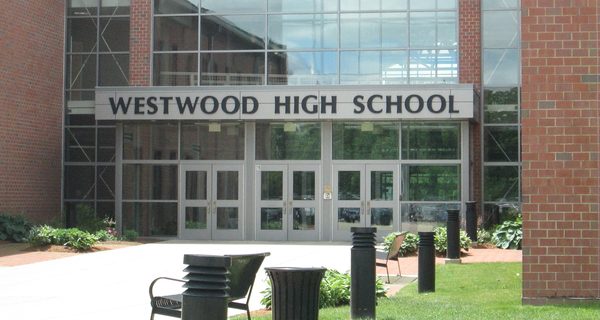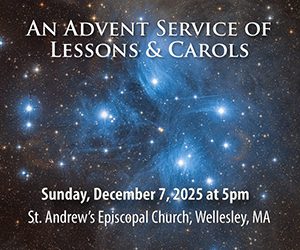By James Kinneen
Hometown Weekly Reporter
Unsurprisingly, last Thursday evening, the Westwood School Committee unanimously voted to adopt the “hybrid” school opening model for the fall. But while they thoroughly outlined why this was the best choice and how the system would work, when it came time for community comments, it didn’t seem like anyone was happy with the decision.
Essentially, the plan is for school to start on August 31 for faculty and September 14 for some students. “Some” because under the hybrid model, students in grades two through twelve are split into two “cohorts.” One cohort will go to school in person on Monday and Tuesday, then remote the rest of the week, while the other cohort will go to school in person on Thursday and Friday and be remote on Monday and Tuesday. Nobody will go to school on Wednesday to allow for a thorough cleaning and airing out of the building.
As for the younger students, Kindergarteners and first graders will go to school in person every day but Wednesday, albeit in smaller classes, and preschoolers will go in person every day but Wednesday, unless signed up to go five days a week.
As for the cohorts, siblings will be grouped together in the same cohort. But while other school districts are opting to divide them strictly alphabetically by last name, Westwood is not strictly separating its cohorts in such a manner, instead using it only as a starting point, citing a need for “balance.” Cohorts will be assigned on August 14.
What will class look like? In person, the days will be shorter. Elementary school will run from 8:50 to 2:15 and have a lunch, while middle school will go from 7:50 to 1:10, and high school will go from 7:25 to 12:45. Both will feature a dismissal before lunch, with a takeaway lunch available. While the days will be shorter, according to Emily Parks, the amount of core class time will be about the same because “where the time has been carved out of is transitioning time, band, chorus, so it’s come out of those classes.” Kids will have three feet of space, but the teacher will have six.
Students will need to wear masks in every grade, though there will be mask breaks. For buses, it will be one child per seat, assigned seating, and the windows will be open unless it’s too cold or raining. Planners don’t think they will need to do double bus runs in the hybrid model, but acknowledged with so many people opting to drive, they are thinking about staggering drop-off pick-up times.
As for the remote learning days, all kids will be issued a device, and students will participate in the classroom in a very typical way, with technology being good enough for students to virtually attend class. As Parks put it: “people at home can still kind of be in the classroom.”
As for those who choose to opt out of in-person learning, they need to commit to exclusively remote learning for the semester. These fully remote kids are essentially just in the remote cohort every day, although they might miss out on things like labs.
Is anyone happy with this plan? Apparently not. In the community feedback portion of the meeting, those in favor of the remote option, who should have the least to complain about, considering kids can opt for the remote model if they want, expressed both fear of the disease (How would an isolation room handle it if two kids get COVID symptoms at the same time? What about the schools that have already opened across the country and seen outbreaks? etc.) and a fear that not enough attention is being paid to the quality of the remote learning because of the in-person split.
One member of the in-person crowd claimed there’s a “gentleman’s agreement” with Westwood Public School teachers that their children will be allowed to physically attend every day, while non-teachers will have to seek their own daycare, while another Zoom caller noted she’d “stopped caring an hour ago” about the conference call, which means that kids couldn’t last much longer using the same virtual forum.
But while many parents may not be happy with the hybrid model, honestly, there’s not much they can do about it; the group that can do something about it if they’re not happy is the teacher’s union. Numerous times on the call, Superintendent Parks talked about how everything is open to collective bargaining, so the best laid plan could be worthless if the union disagrees with it. Charlie Donahue noted the hybrid model doesn’t work if the teachers decide not to come back (he cited a survey that said 70 percent of teachers didn’t want to come back, but was corrected by another school committee member that was not the case). He was assured it would ease the minds of those teachers that don’t want to come back if there was at least a thorough plan that was voted on.
Now there’s a plan. We’ll see if they accept it.
























